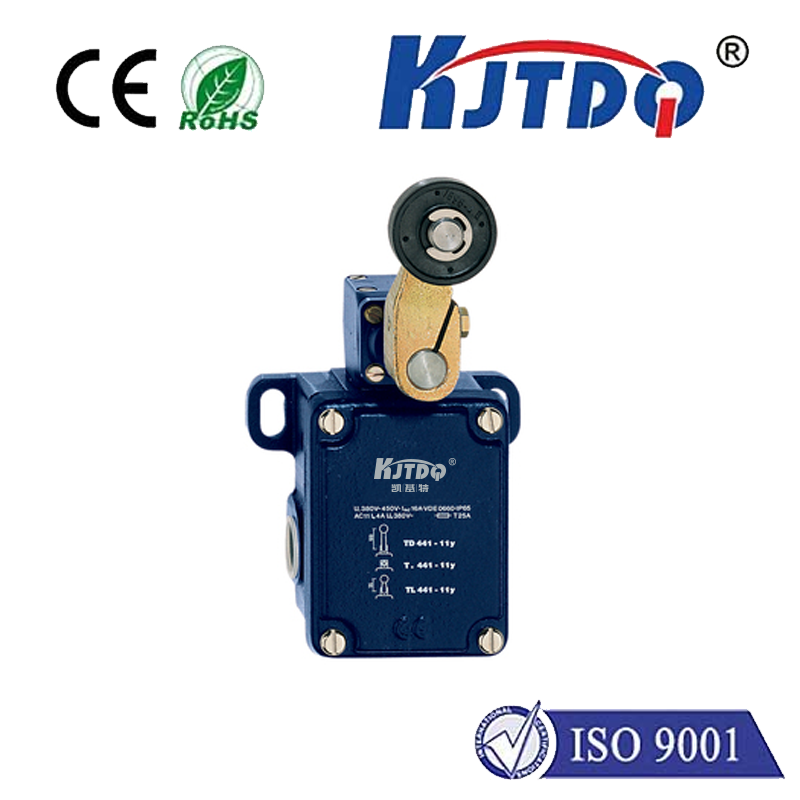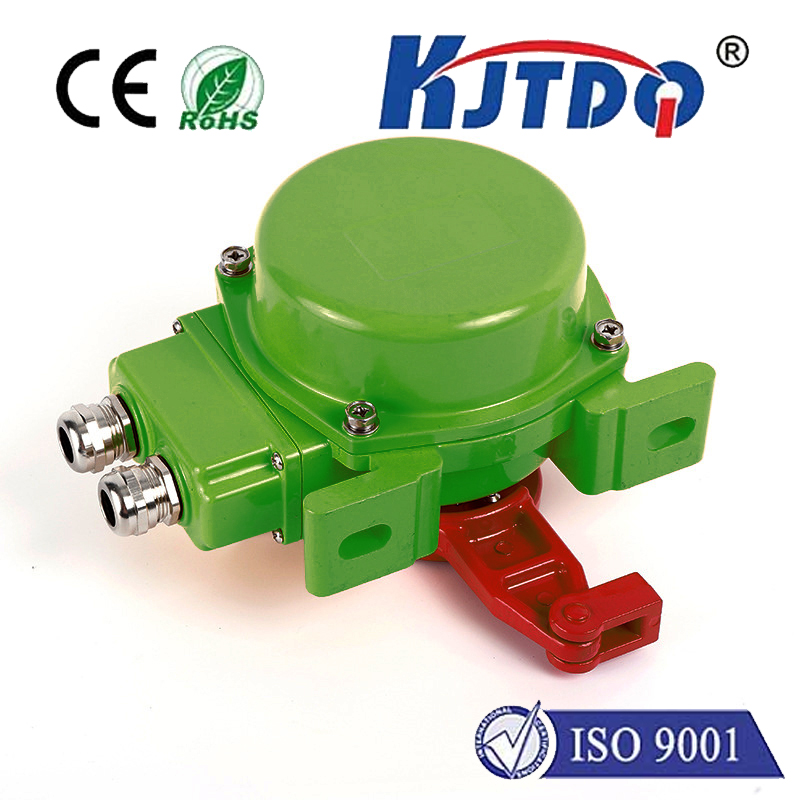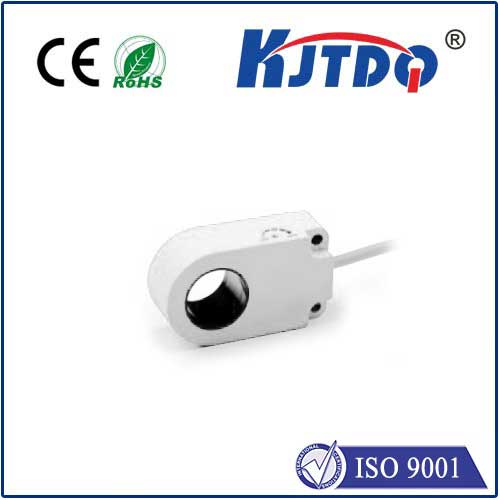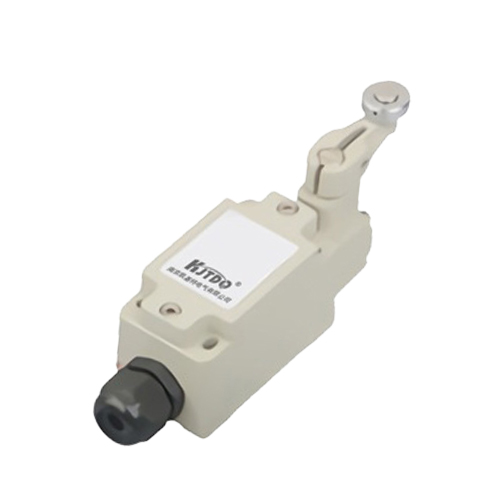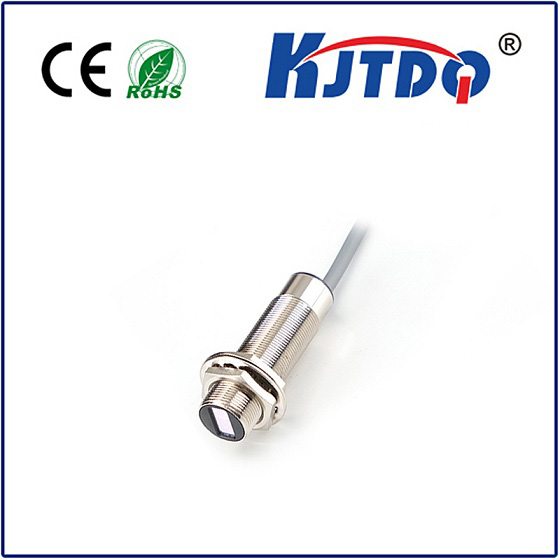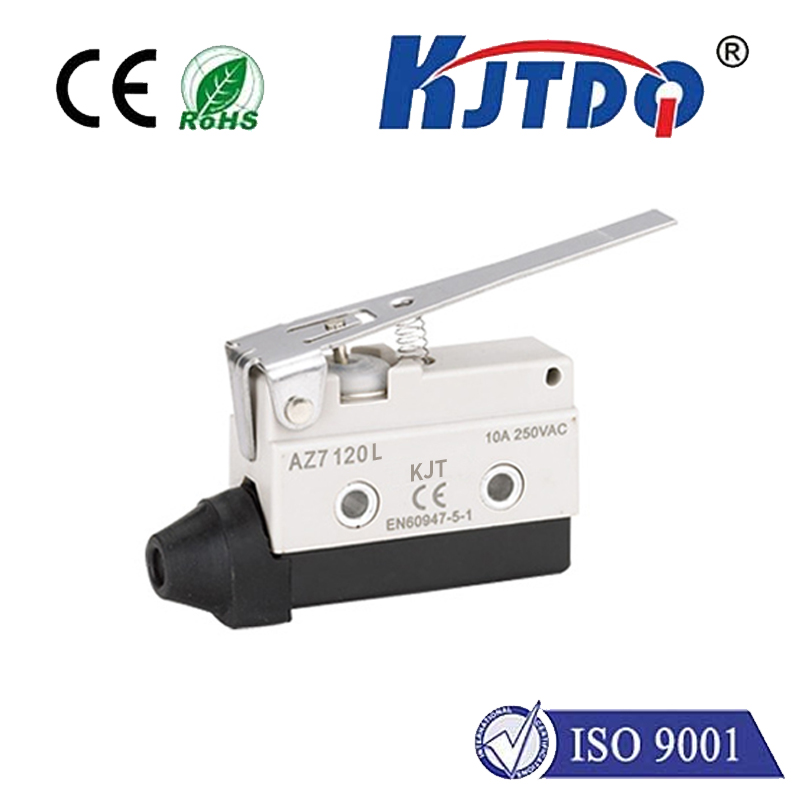high temperature thermostat
- time:2025-08-20 03:31:35
- Нажмите:0
High Temperature Thermostat: The Essential Guardian for Extreme Heat Processes
In the relentless world of industrial manufacturing, scientific research, and high-heat applications, maintaining precise thermal control isn’t just desirable – it’s mission-critical. Standard thermostats falter where temperatures soar beyond typical limits. This is where the specialized high temperature thermostat steps in, acting as the indispensable brain managing thermal environments that would overwhelm conventional devices. Understanding its function, capabilities, and selection criteria is paramount for safety, efficiency, and achieving optimal results in demanding scenarios.
What Defines a High Temperature Thermostat?
Unlike the thermostat regulating your home’s furnace, a high temperature thermostat is engineered to accurately sense and control temperatures typically starting around 300°F (150°C) and extending upwards to 2000°F (1100°C) or even significantly higher in specialized units. They are ruggedized systems designed to withstand the harsh conditions often accompanying extreme heat – think corrosive atmospheres, heavy vibration, abrasive particulates, and intense thermal cycling.
The Core Components: Built for the Burn

- High-Temp Sensor: The heart of the system. Common types include:
- Thermocouples (Type K, R, S, B): The most frequent choice due to their wide temperature ranges, ruggedness, and relatively low cost. Type K (up to ~2300°F/1260°C), Type R/S (up to ~2700°F/1480°C), and Type B (up to ~3100°F/1700°C) are prevalent.
- Resistance Temperature Detectors (RTDs - Pt100): Offer excellent accuracy and stability, but generally max out around 1200°F (650°C) for standard types, with specialized versions reaching higher.
- Infrared (Non-Contact): Ideal where contact isn’t feasible or for very high temperatures exceeding thermocouple limits.
- Robust Controller: This processes the sensor signal and compares it to the user-defined setpoint. It employs sophisticated control algorithms, most commonly PID (Proportional-Integral-Derivative) control, to calculate the necessary output action. This controller features:
- High-temperature-rated circuitry.
- Advanced filtering to handle electrical noise common in industrial settings.
- Programmability for complex ramp/soak profiles.
- Powerful Output: To drive high-power heating elements reliably in extreme heat, the thermostat utilizes heavy-duty output relays or solid-state relays (SSRs), often rated for significant currents (e.g., 25A, 50A, or more).
- Durable Housing: Constructed from stainless steel, high-grade alloys, or other heat-resistant materials. Ingress Protection (IP) ratings are crucial, ensuring resistance to dust and moisture. Electrical enclosures often require specific UL/CE certifications.
- Характеристики безопасности: Critical in high-heat scenarios. These include high-limit over-temperature protection, sensor failure detection, alarm outputs, and watchdog timers.
Where High Temperature Thermostats Are Indispensable
The applications are diverse and demanding:
- Industrial Furnaces & Kilns: Heat treatment (annealing, tempering, hardening), ceramic firing, glass melting, powder metal sintering, incineration.
- Plastics & Composites Processing: Injection molding presses, extrusion lines, autoclave curing for aerospace components.
- Semiconductor Manufacturing: Diffusion furnaces, epitaxy reactors, rapid thermal processing (RTP).
- Chemical & Petrochemical Processing: Catalyst reactors, cracking units, distillation columns operating at elevated temperatures.
- Laboratory & Research: Materials testing furnaces, specialized ovens, crystal growth chambers.
- Energy & Power Generation: Boiler control, turbine monitoring subsystems.
- Food Processing: Industrial baking, sterilization retorts.
The Critical Benefits: Beyond Basic Control
Investing in a properly specified high temperature thermostat delivers significant advantages:
- Precision Control Under Duress: Maintaining ultra-tight temperature tolerances, even at extremes, ensures consistent product quality (e.g., precise metallurgical properties, defect-free ceramics).
- Enhanced Process Efficiency: Optimizing heating cycles reduces energy consumption and minimizes cycle times, lowering operating costs.
- Robust Equipment Protection: Preventing costly thermal runaway or unintended overheating safeguards expensive furnaces, heaters, and processed materials.
- Uncompromised Safety: Integrated safety features mitigate fire hazards and equipment damage associated with uncontrolled high temperatures, protecting personnel and facilities.
- Process Optimization & Repeatability: Programmability allows for complex heating profiles, ensuring repeatable results crucial for R&D and quality assurance.
- Durability & Reliability: Engineered specifically for harsh environments, these thermostats offer long service life and reduced downtime compared to repurposed standard controllers.
Selecting the Right High Temperature Thermostat: Key Considerations
Choosing incorrectly can lead to failure or subpar performance. Focus on:
- Maximum Operating Temperature: Choose a thermostat rated comfortably above your maximum process temperature. Factor in potential overshoots or sensor placement effects. Include the sensor’s max temp.
- Sensor Type & Compatibility: Match the sensor to the temperature range, environment (oxidizing/reducing, corrosive), required accuracy, and response time. Ensure the thermostat supports the sensor type.
- Control Algorithm & Features: PID control is standard, but assess if you need features like auto-tuning, multiple setpoints, ramp/soak programming, or communication protocols (Modbus, Ethernet/IP).
- Output Capacity & Type: Calculate the total power requirement of your heaters and select a thermostat with a relay or SSR output rated comfortably above that current. SSRs offer faster switching and longer life for frequent cycling.
- Environmental Protection: Ensure the enclosure has a suitable IP rating for dust/moisture ingress and is made of corrosion-resistant material (e.g., stainless steel) for the atmosphere.
- Certifications & Calibration: Look for relevant safety certifications (UL, CE, ATEX for hazardous areas). Consider NIST-traceable calibration, especially for critical processes.
- Mounting & User Interface: Consider location (panel mount, DIN rail) and ensure the display/interface is usable in the intended environment.
The Unsung Hero of Industrial Heat
The high temperature thermostat is far more than a simple switch; it’s a sophisticated control system tailored for the most thermally challenging environments. Its ability to precisely manage extreme heat underpins the safety, efficiency, quality, and repeatability of countless vital industrial and scientific processes. From forging superalloys to sintering advanced ceramics, from curing composite wings to processing vital chemicals, this specialized device is the silent guardian against thermal chaos, ensuring operations run smoothly, safely, and at peak performance where the heat is truly on.



